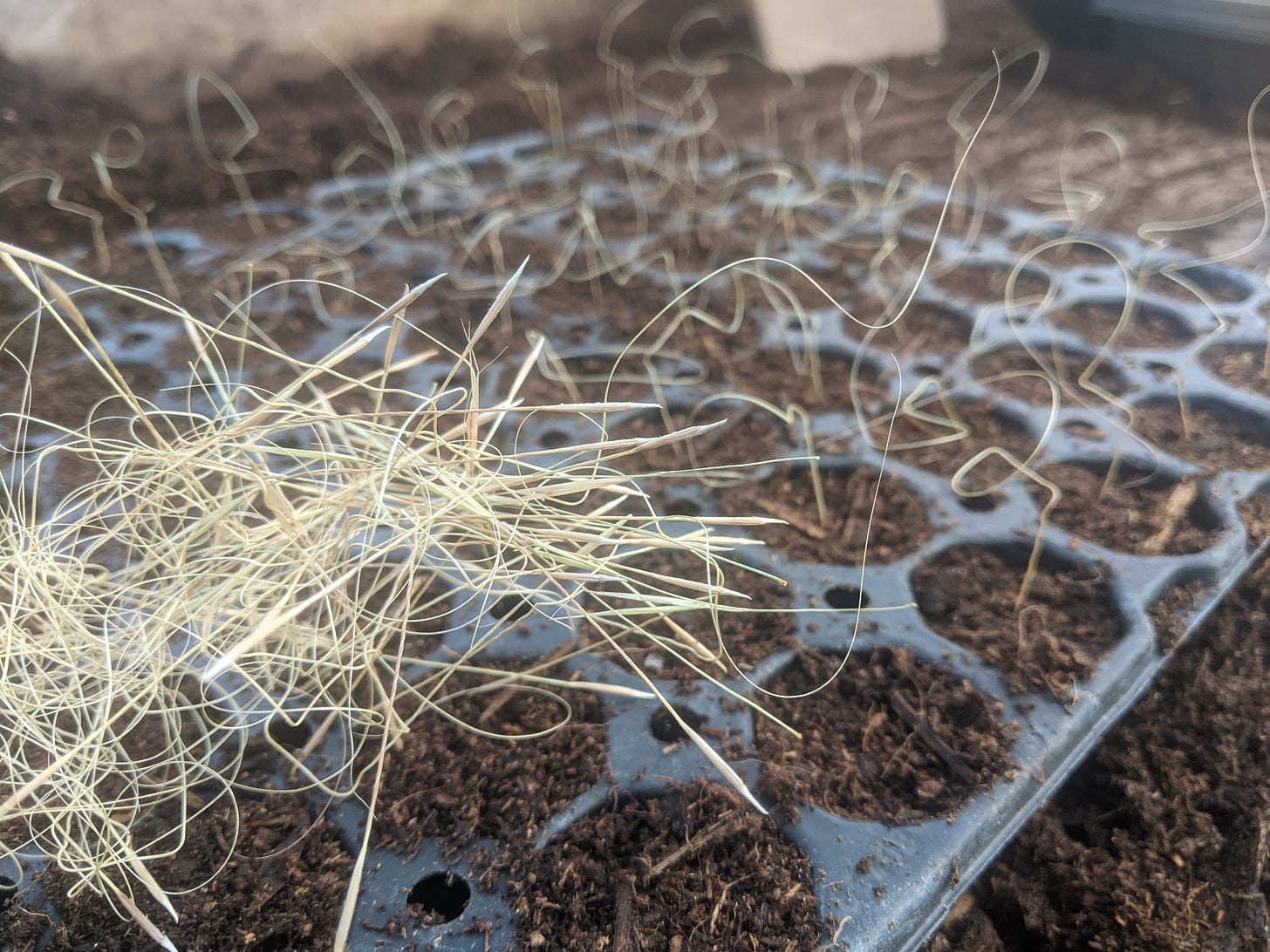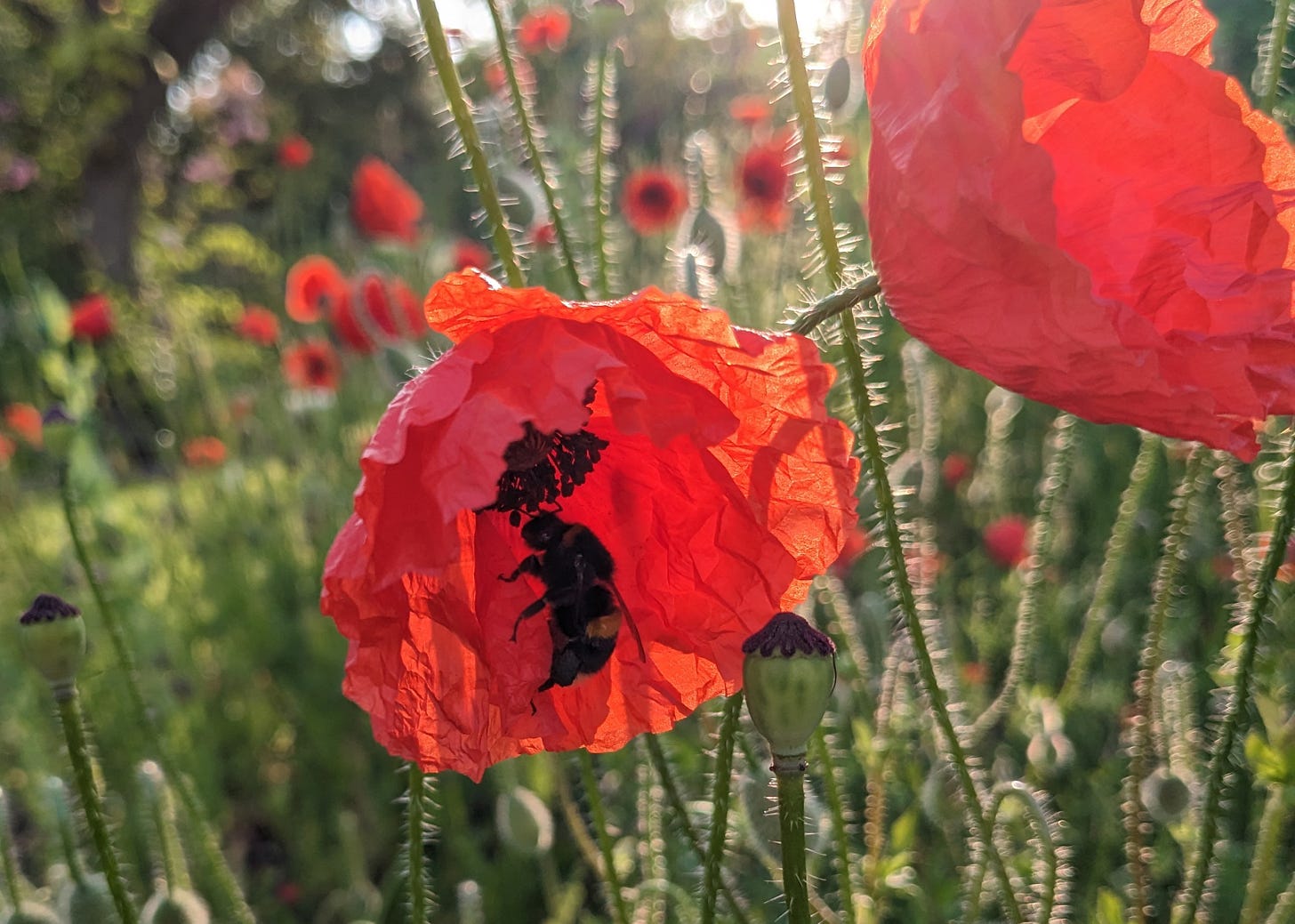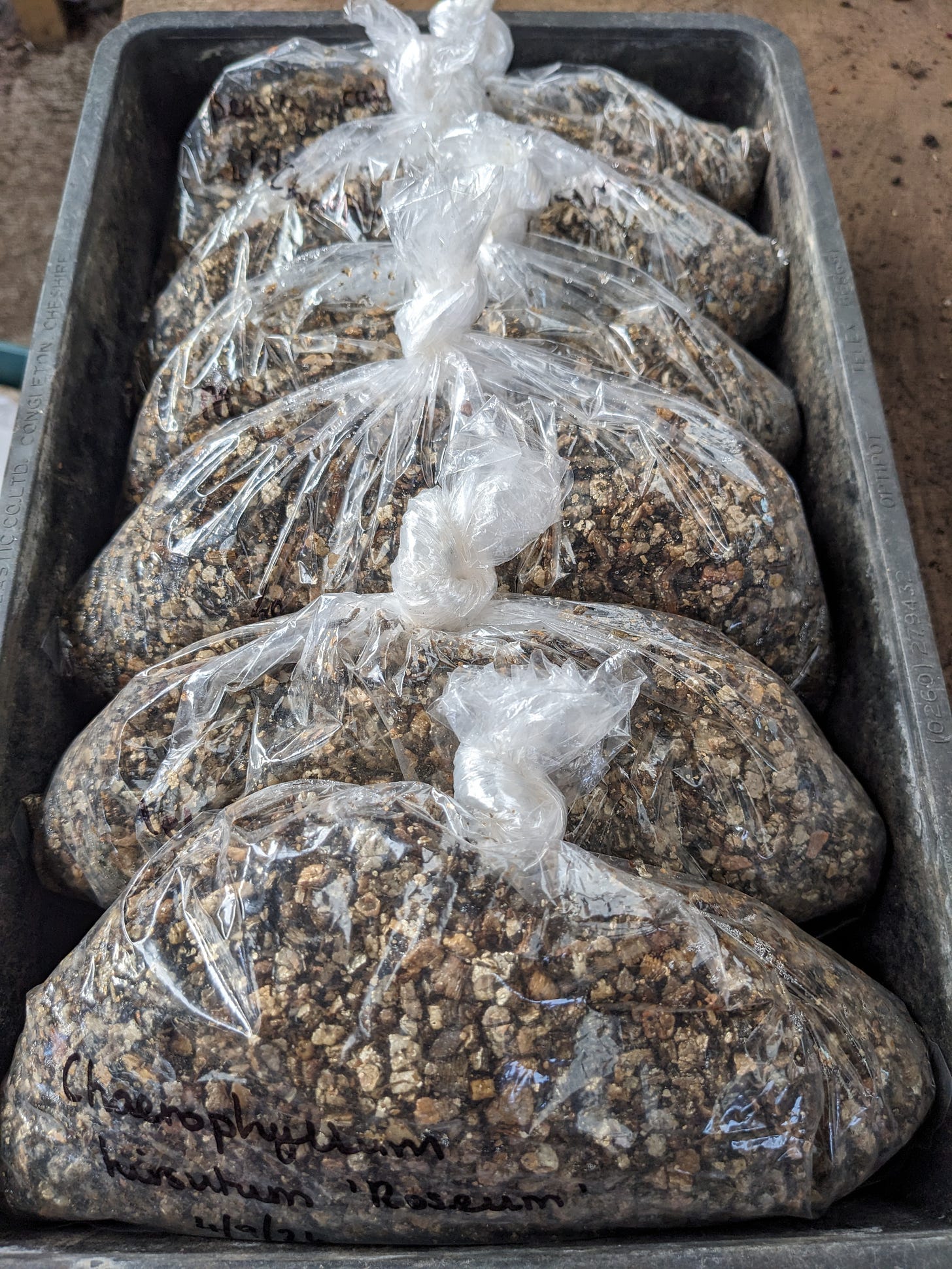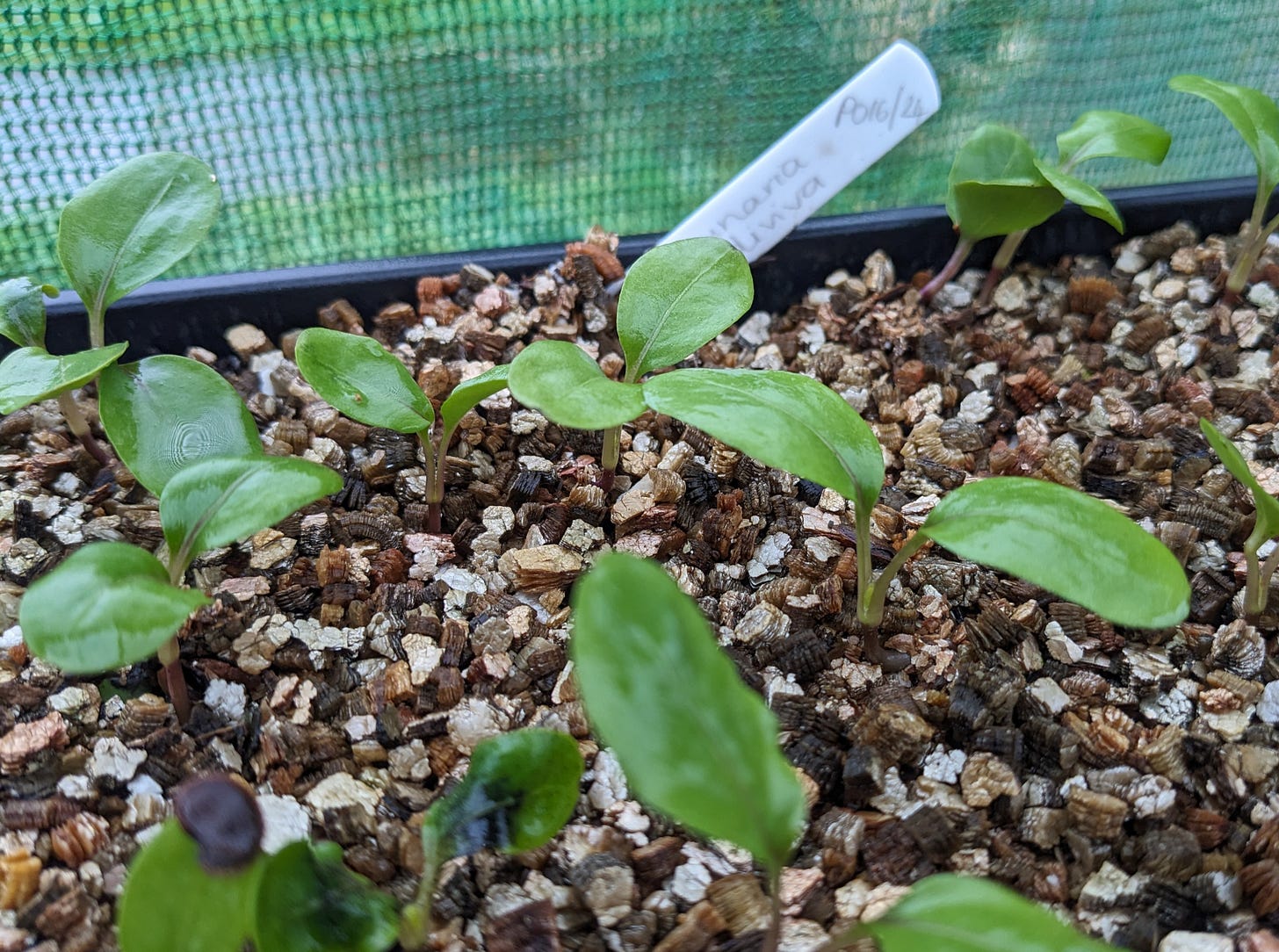Several years ago I hosted a propagation workshop and we explored the topic of growing plants from seed. I talked about seeds waiting for the right moment to germinate, knowing that winter had passed, measuring the temperature or daylength, and sensing when they were at the right depth to break out of their casings.
After the session a tiny, elderly woman with bright button eyes hovered by me as I was clearing up. She spoke in a clear, firm voice. ‘You do know that plants can’t think, don’t you? That they don’t actually have brains?’
I looked up, smiling. ‘Of course they don’t have brains. I was just using figures of speech to illustrate their responses to the world around them, that’s all.’
‘That’s fine then. It’s just that you used words like ‘knowing’ and ‘waiting’, which they don’t actually experience, of course. I am a scientist and I felt you may have misled some of the people here, who might have thought you were being literal.’
I held up my hands as if in apology for any misunderstanding, saying I felt sure people had known my intent, but that I took her point. I didn’t argue back, but I often wish I had. She was absolutely right of course, in the strict sense of comparing with human sensations.
But many seeds do have complex sensitivities to the world around them, to give the precious embryo that they contain (yes, it is correctly called an embryo…) the best chance of survival. Those from cooler climates often need to experience a period of low temperatures for a time roughly corresponding to the normal winter length of their region of origin, before germinating. Others, especially tiny seeds like poppies will only germinate if they can detect enough light to tell them they are near the surface.
It is Remembrance week, of course, and a timely moment to recall that this is the reason for the eruption of red poppies in the Flanders Fields during the First World War as the dormant, buried seeds were thrown to the surface by artillery shells. Exposed to light, these minuscule time capsules split open, grew and flowered amid the carnage of war.
This lovely little video shows Pulsatilla seeds drilling themselves into the compost surface. What you can see is the awn, or feathery part of the seed, twisting itself round until the seed reaches the right depth. This video is not speeded up. Amazing, isn’t it?
For the seeds that probably need a winter chill before germinating, we could just sow them in trays and leave them outside. But they might get eaten, or weed-infested, or simply not be cold enough for long enough.
So we select the seeds we think might want chilling, mix them with damp vermiculite in plastic bags and put them in the potting shed fridge. It’s just an ordinary domestic fridge, nothing special. We’ll check them every week through winter. If we see any signs of germination, we’ll take them out and spread the contents on compost in a seed tray. We’ve already taken the Astrantias out. Some had started germinating while still in the bag, in the fridge, at 4 degrees Celcius.
In February, we’ll take out all the bags, spread the seed and vermiculite mixture onto trays, water them, put them somewhere cool and frost free and leave them to it. If they’ve been chilled for long enough they’ll germinate as the days lengthen and temperatures rise.
Most of these plants are much older than humanity. We think we’re so very smart with our big brains, our scientific knowledge and our temperature controlled fridges. But I’m open to the idea that a small seed no bigger than a pin head knows far more than I do about when and where it wants to grow.










I’ve recently listened to the audio book of “The Lighteaters” by Zoe Schlanger which is all about plant “intelligence”. Fascinating stuff with a similar theme 🤓
Lovely article. I’ve a bunch of seeds that I thought would germinate this autumn but think they are rightly setting their own clock. I will leave well alone and be patient!